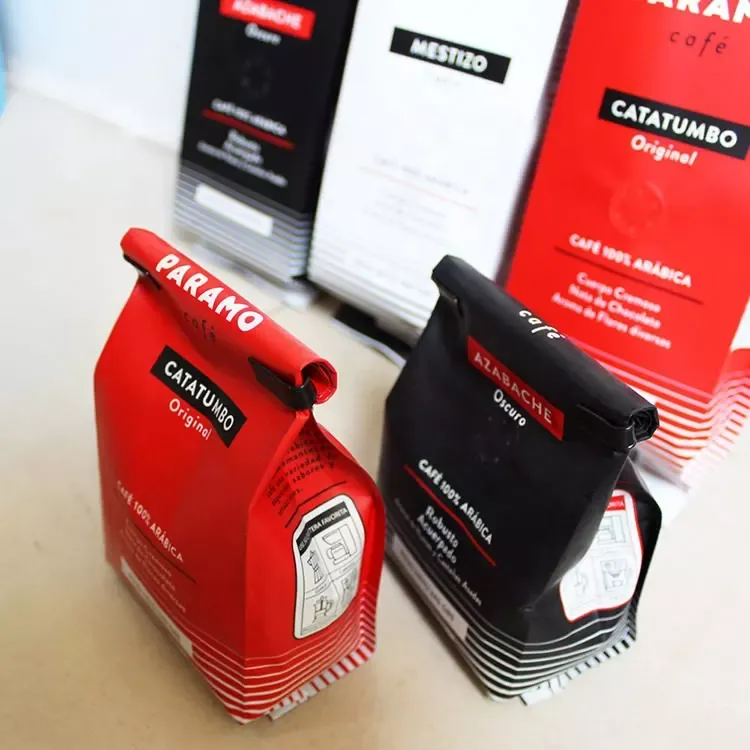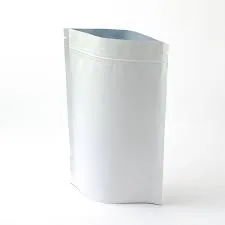Email: enid@bc-pak.com
Tel: 86-757- 88811186
- Afrikaans
- Albanian
- Amharic
- Arabic
- Armenian
- Azerbaijani
- Basque
- Belarusian
- Bengali
- Bosnian
- Bulgarian
- Catalan
- Cebuano
- chinese_simplified
- chinese_traditional
- Corsican
- Croatian
- Czech
- Danish
- Dutch
- English
- Esperanto
- Estonian
- Finnish
- French
- Frisian
- Galician
- Georgian
- German
- Greek
- Gujarati
- haitian_creole
- hausa
- hawaiian
- Hebrew
- Hindi
- Miao
- Hungarian
- Icelandic
- igbo
- Indonesian
- irish
- Italian
- Japanese
- Javanese
- Kannada
- kazakh
- Khmer
- Rwandese
- Korean
- Kurdish
- Kyrgyz
- Lao
- Latin
- Latvian
- Lithuanian
- Luxembourgish
- Macedonian
- Malgashi
- Malay
- Malayalam
- Maltese
- Maori
- Marathi
- Mongolian
- Myanmar
- Nepali
- Norwegian
- Norwegian
- Occitan
- Pashto
- Persian
- Polish
- Portuguese
- Punjabi
- Romanian
- Russian
- Samoan
- scottish-gaelic
- Serbian
- Sesotho
- Shona
- Sindhi
- Sinhala
- Slovak
- Slovenian
- Somali
- Spanish
- Sundanese
- Swahili
- Swedish
- Tagalog
- Tajik
- Tamil
- Tatar
- Telugu
- Thai
- Turkish
- Turkmen
- Ukrainian
- Urdu
- Uighur
- Uzbek
- Vietnamese
- Welsh
- Bantu
- Yiddish
- Yoruba
- Zulu
Customized Printing Spout Pouches
Views :
Update time : Feb . 15, 2025 16:36
Eco-friendly packaging has rapidly evolved beyond just a trend, becoming a critical component in sustainable product development. With environmental concerns at the forefront of consumer consciousness, businesses are under pressure to innovate packaging solutions that minimize their carbon footprint while maintaining product integrity. Identifying the best eco-friendly packaging requires balancing aesthetics, functionality, sustainability, and compliance with both environmental regulations and brand goals.
For businesses aiming to establish authority and expertise in sustainable practices, partnerships with environmental organizations can significantly enhance credibility. Collaborations, such as certifications from recognized environmental standards like the Forest Stewardship Council (FSC) or Cradle to Cradle, signal to consumers that a company is committed to environmentally responsible practices. Furthermore, real-world experience plays a crucial role in the evolution of eco-friendly packaging solutions. Companies making a significant difference are often those that seek continuous feedback from their supply chains, customers, and industry peers. This iterative process of testing, feedback, and refinement is key to producing an optimal eco-friendly product that aligns with consumer values and expectations. Transparency in sustainable claims is non-negotiable. Misinformation or vague promises can lead to consumer skepticism and harm brand trust. Providing clear, verifiable information regarding the eco-friendly attributes of packaging can help bolster consumer trust. This transparency can be validated through third-party audits that ensure compliance with the aforementioned environmental standards, further reinforcing the legitimacy of a business's claims. The intersection of technology and eco-friendly packaging is also an exciting domain. Smart packaging solutions that employ technology for better supply chain management can reduce the environmental footprint. QR codes on packaging that educate consumers on disposal methods or even track the carbon footprint of their purchase are gaining popularity, blending digital innovation with physical product stewardship. In conclusion, the best eco-friendly packaging is not a one-size-fits-all solution but a complex interplay of materials, design, innovation, and transparency, guided by a deep commitment to sustainability. By leveraging new materials, reevaluating design principles, and engaging transparently with consumers, businesses can emerge as leaders in eco-friendly packaging. This comprehensive approach not only aligns with growing consumer expectations for sustainability but also positions brands as pioneers of responsible packaging, ready to meet the challenges of our evolving environmental landscape.


For businesses aiming to establish authority and expertise in sustainable practices, partnerships with environmental organizations can significantly enhance credibility. Collaborations, such as certifications from recognized environmental standards like the Forest Stewardship Council (FSC) or Cradle to Cradle, signal to consumers that a company is committed to environmentally responsible practices. Furthermore, real-world experience plays a crucial role in the evolution of eco-friendly packaging solutions. Companies making a significant difference are often those that seek continuous feedback from their supply chains, customers, and industry peers. This iterative process of testing, feedback, and refinement is key to producing an optimal eco-friendly product that aligns with consumer values and expectations. Transparency in sustainable claims is non-negotiable. Misinformation or vague promises can lead to consumer skepticism and harm brand trust. Providing clear, verifiable information regarding the eco-friendly attributes of packaging can help bolster consumer trust. This transparency can be validated through third-party audits that ensure compliance with the aforementioned environmental standards, further reinforcing the legitimacy of a business's claims. The intersection of technology and eco-friendly packaging is also an exciting domain. Smart packaging solutions that employ technology for better supply chain management can reduce the environmental footprint. QR codes on packaging that educate consumers on disposal methods or even track the carbon footprint of their purchase are gaining popularity, blending digital innovation with physical product stewardship. In conclusion, the best eco-friendly packaging is not a one-size-fits-all solution but a complex interplay of materials, design, innovation, and transparency, guided by a deep commitment to sustainability. By leveraging new materials, reevaluating design principles, and engaging transparently with consumers, businesses can emerge as leaders in eco-friendly packaging. This comprehensive approach not only aligns with growing consumer expectations for sustainability but also positions brands as pioneers of responsible packaging, ready to meet the challenges of our evolving environmental landscape.
Recommend products
Read More >>
Related News
Read More >>













